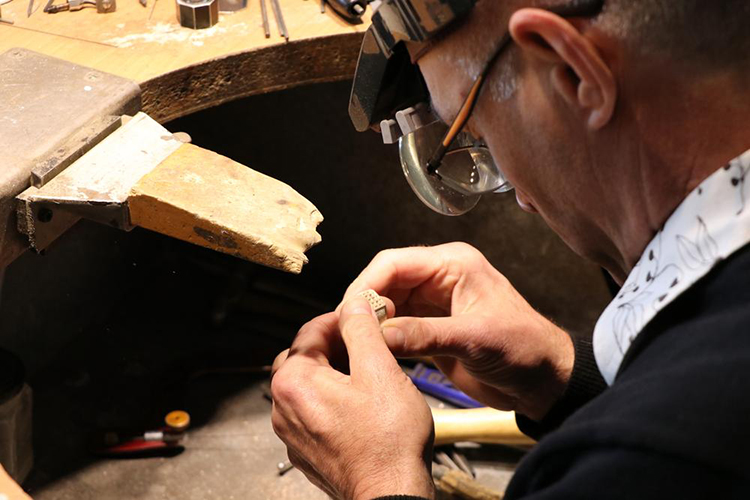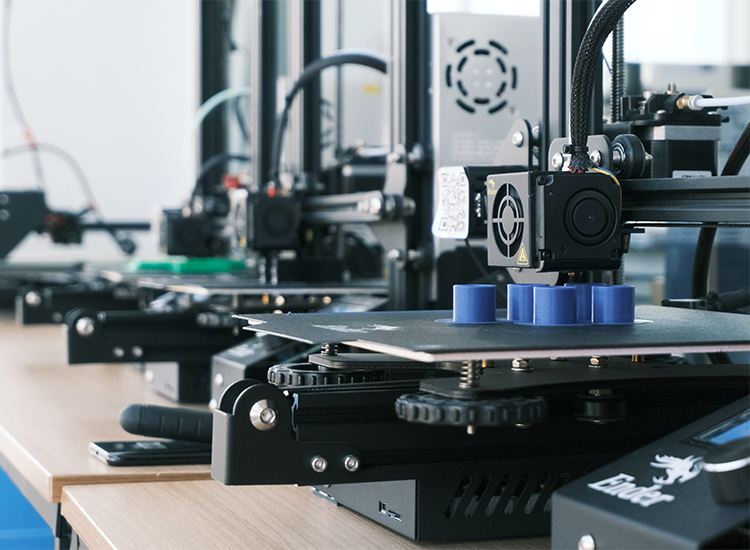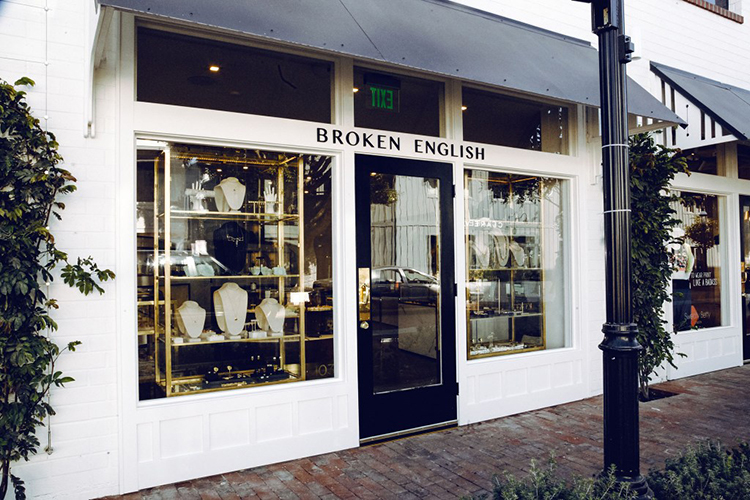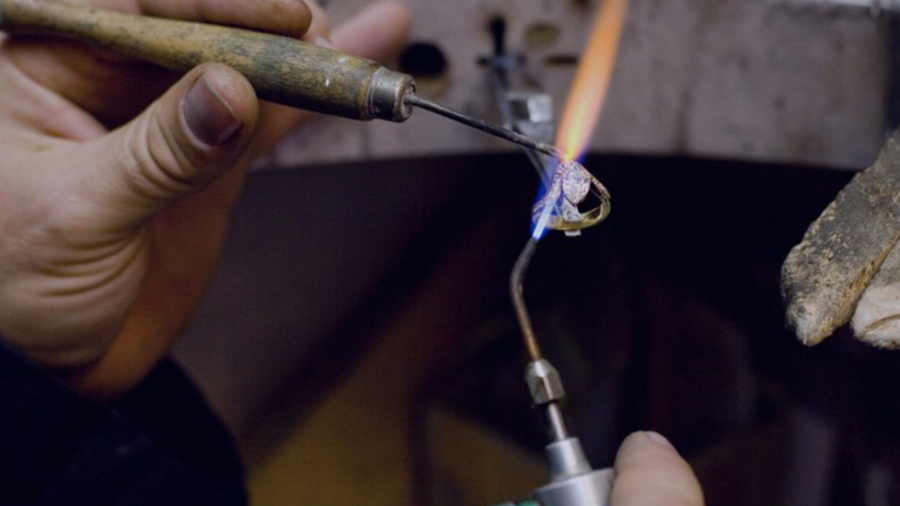I had a dream to take over my dad’s jewelry business and it was something truly serious for me. I used to spend my summer vacations in his Los Angeles office taking orders, weighing shiny loose diamonds, bejeweled rings in quite large sizes etc. in fact, I was always being reminded that if I want to reach the success I should work hard in this sphere. This was back in the ’90s, and a lot has changed since then. The demand for luxurious jewelry was really on its top when I was young but today everything is different. And I start thinking “what’s the reason people give less attention to jewelry”.
One dealing with the luxury jewelry industry would definitely agree with the idea that this is the road where you will have highs and lows for many years until you reach something valuable. However, nowadays many worry about the business of jewelry, sometimes even blaming the new technologies. What used to be the main lover’s gift on birthdays and anniversaries, iPhones are the new way to say I love you.

THE SHIFT IN ECONOMICS, AFFLUENT MILLENNIALS AND FINE JEWELRY
The sheer proliferation of technological gadgets available on the marketplace — yes, some even at the same cost as fine jewelry — further dilutes the spending pool. As Stanford lecturer and entrepreneur Nir Eyal sees it, this represents a simple shift in economics. “Just the fact that these things are now available has changed the market. Of course [technology is] going to pick up an increasing share of wallet,” Eyal says. “It’s not a conscious trend of displacing money from here to there, but it’s more of an economic imperative.” A 2014 Unity Marketing study that spoke to 1,335 millennials with an income above $100,000, supports this assertion. The study found that, as a group, these “affluent millennials” enjoyed technology purchases far more than jewelry; 46 percent said technology purchases gave them “great pleasure,” compared to just 25 percent for jewelry.

And these technologies are functional. Millennials spend $170 billion in purchases per year, and, according to an October study by digital ad agency Moosylvania, three out of their five favorite brands are tech gadget companies. (Apple, Samsung, and Sony, in case you’re wondering.) Tablets, laptops, gaming systems, televisions, and smartphones all offer a very real purpose to the owner. If a generation favors performance above aesthetics, what does jewelry offer?

BRICK AND MORTAR HAS A HUGE PROBLEM
By now, you can see how the jewelry industry’s growth is intertwined with newer technology trends. As it happens, what jewelers have left is quickly moving online. Blue Nile, the largest online marketplace for both loose diamonds and finished jewelry, is quickly displacing all those mom and pop jewelry stores, especially as jewelry continues to become a one-off purchase for many buyers. As one New York jeweler is quick to note, “Blue Nile has over 50 percent of the market share for fine jewelry. Brick and mortar has a huge problem. They have expenses the Internet does not: payroll, insurance, and the like. [Online retailers have ruined the diamond industry as far as a jeweler is concerned, by selling directly to the consumer.”


